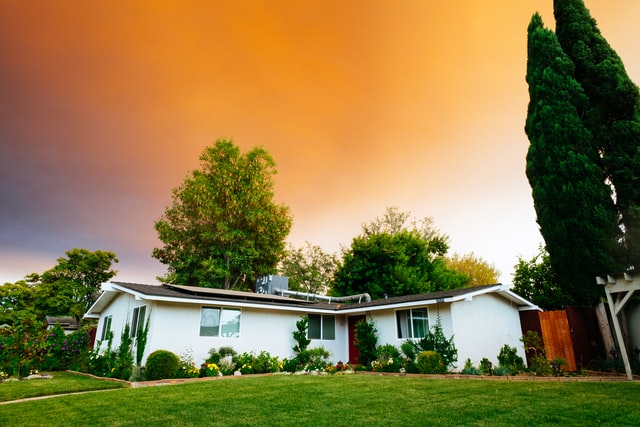Four earthquake myths many US homeowners and renters believe
Natural disasters represent an incredibly common cause of stress, particularly in the areas most vulnerable to them.
California is, unfortunately, extremely vulnerable to some of the most devastating natural disasters. From wildfires to earthquakes, homeowners and renters must prepare for a great many worst case scenarios.
The precise risk of earthquakes in California is constantly changing, but the possibility of damage is always there. What’s more, the damage wrought by a significant earthquake, or sustained over the years as many smaller earthquakes hit homes, can be catastrophic, and only by protecting against this eventuality – rather than waiting for it to happen – can we sleep soundly at night.
Read more about the 5 most common earthquake myths many homeowners continue to believe.
Earthquake Damage is Covered Under a Standard Homeowner’s/Renters Policy…
This is, arguably, the most damaging myth pertaining to earthquake-related damage – particularly in light of the fact that so many homeowners and renters living in high-risk areas continue to be lulled into a false sense of security, and assume that earthquakes are yet another event covered within their existing policy.
This is, quite simply, not the case. Only a purpose-built earthquake insurance policy can offer a reliable safeguard against financial turmoil in the aftermath of an earthquake.
…And Specific Coverage is a Waste of Money
On the other side of the coin, even those who understand that an earthquake insurance policy is a part of existing coverage can still get it wrong. Many assume that the additional monthly cost will prove to be just that: a monthly cost that leads nowhere.
Of course, the hope is that it does lead nowhere – no one wants an earthquake to strike their home. But, like any other worst-case-scenario – from other natural disasters like flooding and fire, to uncontrollable situations like burglary – pre-emptive measures are preferable to the stress and financial strain of mitigating a situation that has already happened.
Homes Built in Higher-Risk Areas Will Be Subject to Strict Building Codes
This is, in many ways, true. Areas of high risk, such as those built on top of fault lines, will be subject to stricter conditions that ensure a greater level of protection against earthquakes. This line of governmental inquiry represents an excellent line of defense between homeowners and the high risk of earthquakes, but it can also make some of us complacent.
Building codes are constantly being updated as new technologies and methods become widely available. These additions ensure greater levels of safety for residents living on or near fault lines, but they do not apply to homes that have already been built.
Older homes will adhere to building codes as they were written at the time of construction, and will as a result be more vulnerable to significant damage.
Disaster Relief Assistance Will Be Enough to Cover Earthquake Related Damage
In times of extreme hardship, the government may well extend financial assistance to those who are hardest hit by disaster. As a result, disaster relief assistance will come in the form of federal loans.
Putting your faith in this assistance is, however, misguided. For one thing, loans are still loans – even if they are offered in the form of governmental assistance. They must eventually be repaid, which means that your finances are never able to avoid the full brunt of earthquake damage.
What’s more, you cannot be confident that this assistance will be extended to you. For some homeowners, it may not represent an option – even if they are in great need.
Finally, even if it is available, it may not be enough. Not only will you need to repair potentially significant damages to your property, but you may need to find another place to live while work is ongoing. Supporting a family and repairing significant damages takes a considerable financial toll, and government-provided aid may be insufficient.
Final Thoughts
Nobody wants to believe that their home will be struck by disaster. For many, ignoring the problem represents a far simpler route – that is, until something catastrophic takes place, and the risk suddenly turns into reality. For those living in areas that are considered at-risk of earthquakes, the only way to ensure that the impact of these natural disasters is minimized is by preparing.
Understanding the extent of the risk, and ensuring that you are doing everything you can to implement safeguards against the financial and emotional toll of repairing your home, it the only way to ensure that you are equipped to make it through a disaster.























